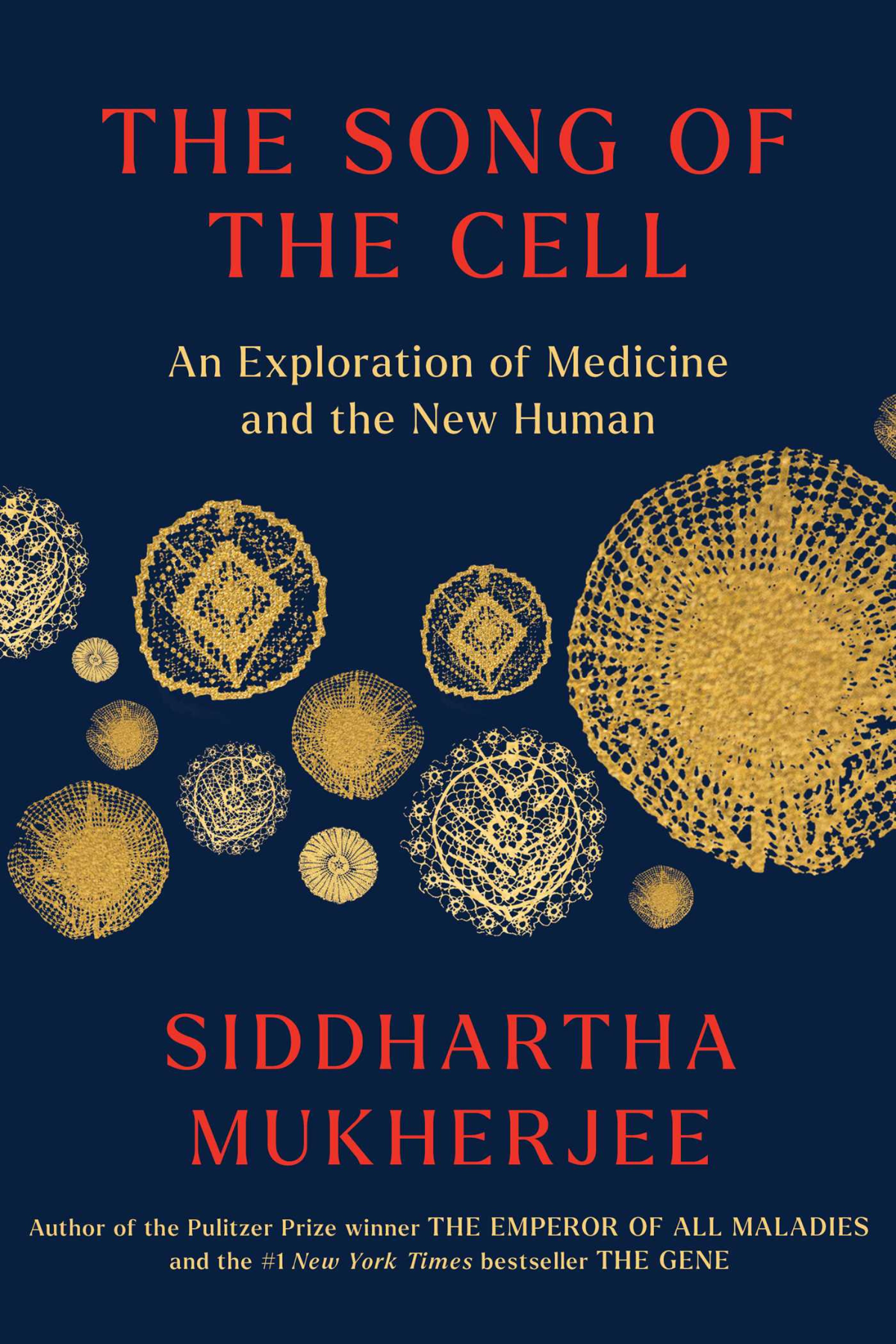In the cell's song, lies the symphony of life.
- Siddhartha Mukherjee
Keen to broaden my horizons in various fields, this time, I delved into the realm of cellular biology. The Song of the Cell marks the second book I read in 2024. Its attractive title drew me in when Bill Gates highlighted it on his recommended reading list. This book was written by Siddhartha Mukherjee, a biologist, physician, and best-selling author of books on biology and life sciences.
Spanning over several hundred pages, The Song of the Cells is a dense, information-packed book that requires patience and persistence to navigate. Mukherjee’s writing is a testament to his literary proficiency and passion for cell biology. He waves poetic narratives with clinical cases and experiments, making science both accessible and engaging. Despite his great explanation and writing, it was still somewhat difficult for me to read at times. The biggest challenge, perhaps, for me was to comprehend cellular terminologies, a domain that I have very limited vocabulary and exposure to. Yet, I thoroughly enjoyed the journey of discovery about ourselves at the most fundamental level - our cells.
Reading The Song of Cells, I felt as if I was back in a high school biology class, but with a level of depth and insight I hadn't appreciated before. Mukherjee traces the history of cell biology back to the 17th century when Dutch microscopist Antonie van Leeuwenhoek first peered through a microscope and unveiled the living atoms that comprise our bodies. From the structure and function of various cell types to the complexities of cellular reproduction, the orchestration of tissues and organisms and the pathology of cells, Mukherjee covers a vast landscape of cell biology discovery and achievements.
What's truly astonishing is the extent of progress and breakthroughs in understanding ourselves, a journey that has significantly enhanced human life and health. Innovations such as in vitro fertilization (IVF), various vaccines, and organ transplantation have saved countless lives and improved our quality of life. Yet, as Mukherjee illustrates, vast realms of mystery still shroud our understanding, particularly in areas such as cancer research and neuroscience. Interestingly, the process of solving scientific problems and making innovations parallels that of solving business problems. It all starts with a question, and new questions arise once the former is tested through a cycle of building, dismantling and rebuilding that requires immense curiosity and dedication.
The Song of the Cell is not just a history of biology; it is an ode to the human body—a complex assembly of trillions of cells, each a universe unto itself. It is a reminder of the beauty and complexity hidden within the smallest units of life, a busy, hidden world within a world and living beings within a living being.
